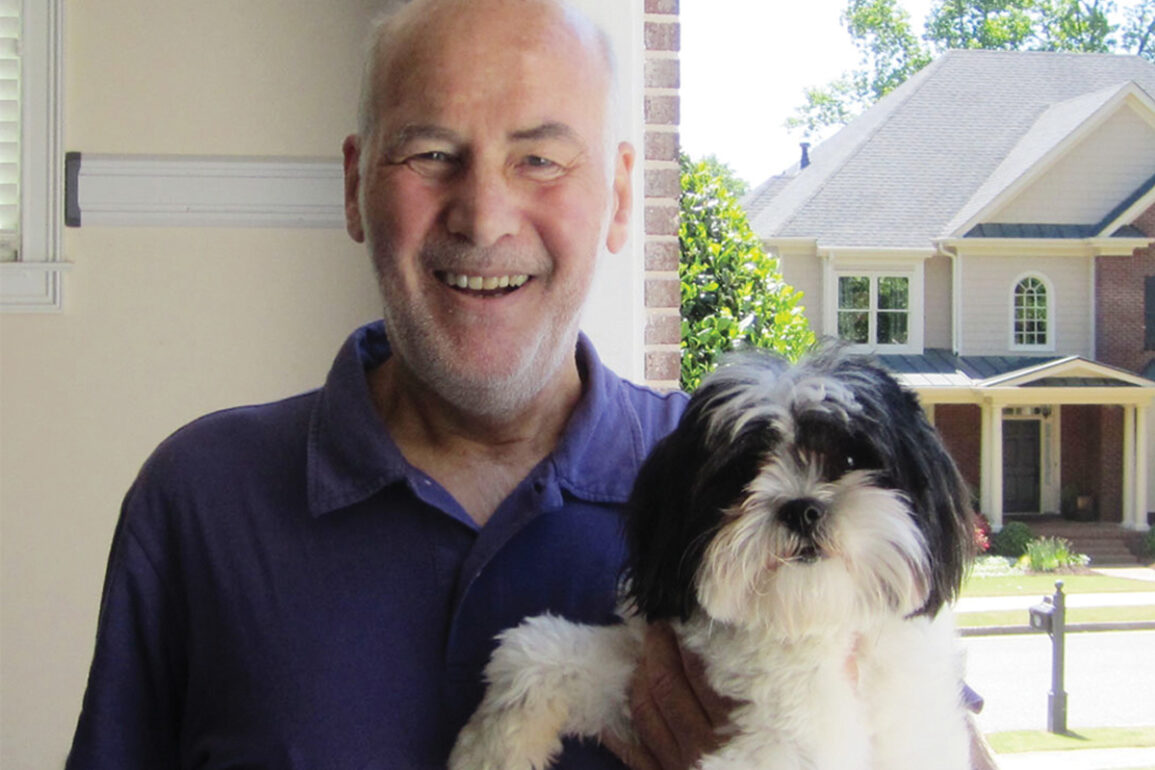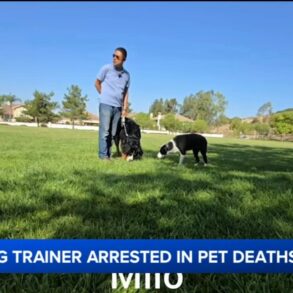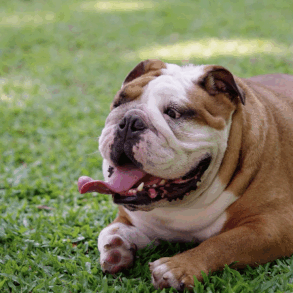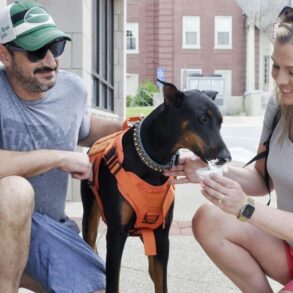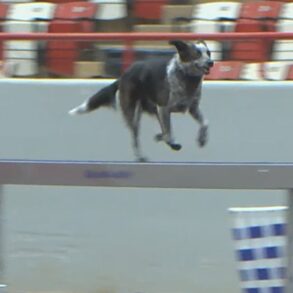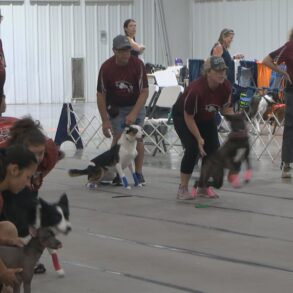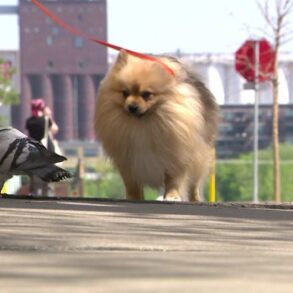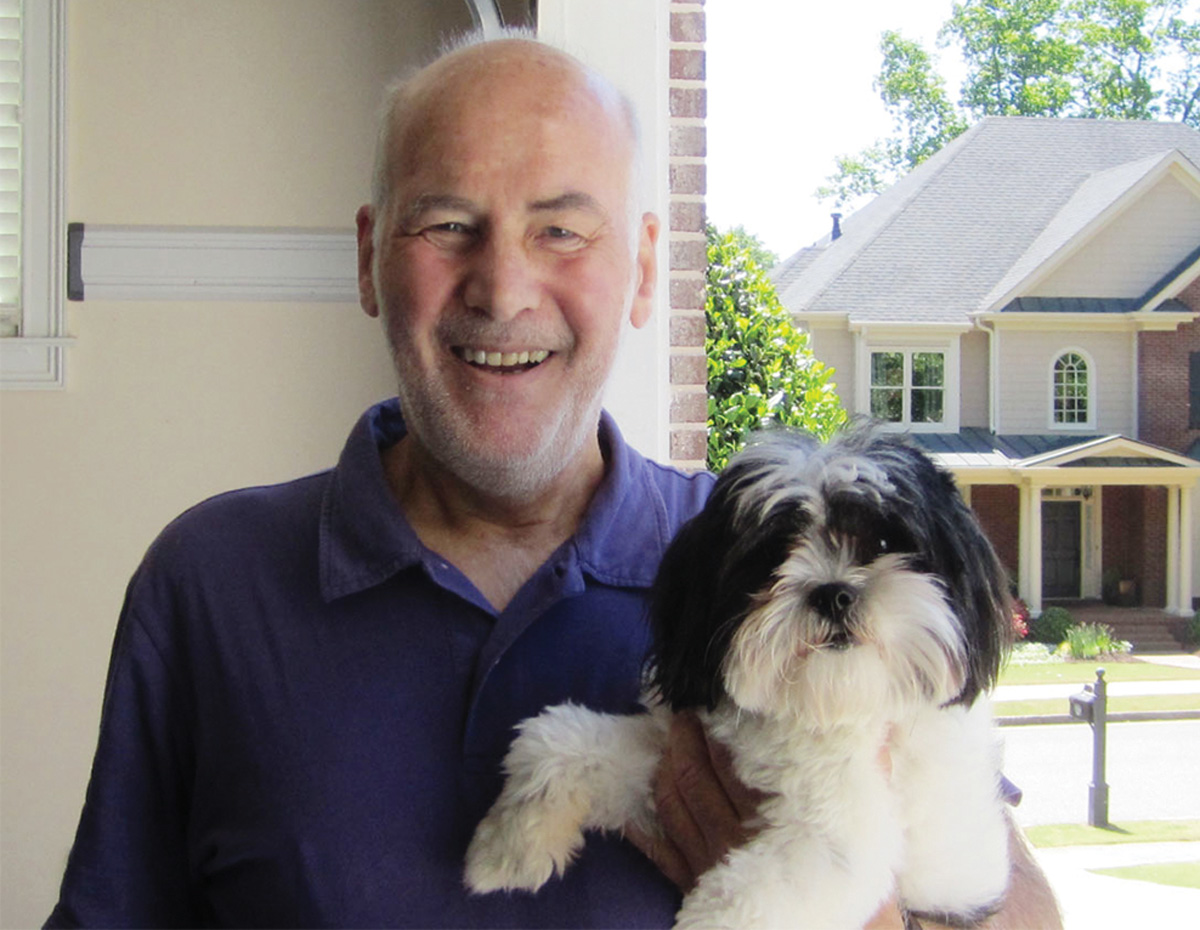
Courtesy of Michael Quattroch
When Atlanta magazine profiled dog whisperer Michael Quattrochi in 1985, he was something of a trailblazer.
For one, he believed in training puppies rather than adult dogs. And he didn’t use choke chains or harsh reproaches. “Why should I raise my voice when a dog can hear from three to five times better than me?” he told us then. He even expressed confidence in a dog he was training named Bandit, a chronic escaper who had landed in the pound after terrorizing the neighborhood. “He had a behavior problem, which could have cost him his life,” Quattrochi said. “But that’s all going to change.”
Quattrochi is marking his 50th year training dogs; we reached out to catch up and learn more of his secrets for turning unruly pups into our best friends.
Most people call dog trainers when they have problems. The best way is to call when they get a puppy so things can start on the right foot. My philosophy is positive behavioral modification that is then applied to situational behaviors that come up every day in a dog’s life.
A lot of so-called experts still think most training doesn’t take place until a dog is six months of age. That is absolutely wrong. I start training puppies when they’re eight or nine weeks old. Within about three weeks, I have them heel, automatic sit, sit, stay, come, and lie down on voice and hand signals. So that’s a 12-week-old puppy who understands those commands, who’s not biting or chewing on their owner, who’s not destroying their house, not going to the bathroom in the house. It makes for a much smoother and healthier relationship right from day one.
People think dogs want to please us. That’s not true. Dogs want to please themselves. That is the basic survival instinct of all living creatures, to take care of themselves first. What my system does is teaches the dog that when it does what I want it to do, the dog also gets what it wants. So the dog ends up doing what you want, but only because it gets something out of it.
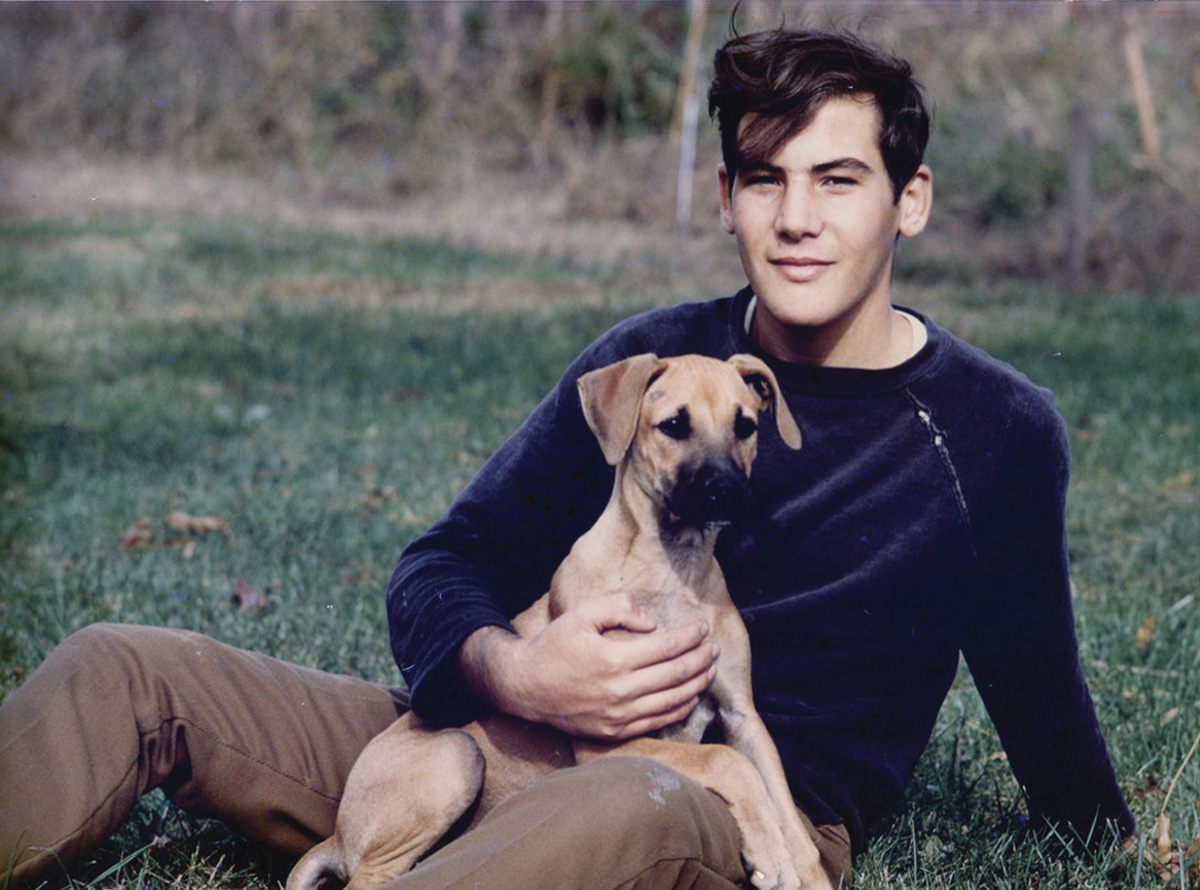
Courtesy of Michael Quattroch
When my dogs want to go P-O-T-T-Y—I can’t say that word out loud right now because they’ll get excited—they go to the door, and without me giving them any instruction, they sit, all three of them. And when I open the door, they sit there until I say, “Good dogs,” and then they run out and go to the bathroom. That’s the whole point of the training. The dog will do what you want it to do without you even needing to tell it. The dog knows that’s how it gets what it wants, which is your positive affirmation.
These days, I train about three dogs a month. I’m not retired. I’m sort of semiretired. People ask, “When are you going to retire?” And I go, “Why do you retire? So you can do what you want to do. So if I’m doing what I want to do, why would I stop?”
I know that I’m taking that dog and giving it a positive life for 12 to 14 years. And that means everything to me. I look at my own dogs and how happy they are because of their training. It’s just multiplied over and over again each time I work with a puppy.
There are plenty of articles that claim certain breeds of dogs are the smartest. I don’t know how you would determine that. I’ve never met a dog that I couldn’t teach to do basic commands. Some are harder than others. Some are more stubborn. But given the opportunity, they all do learn.
This article appears in our June 2025 issue.
Back to Pets!
Advertisement
This post was originally published on this site be sure to check out more of their content.




